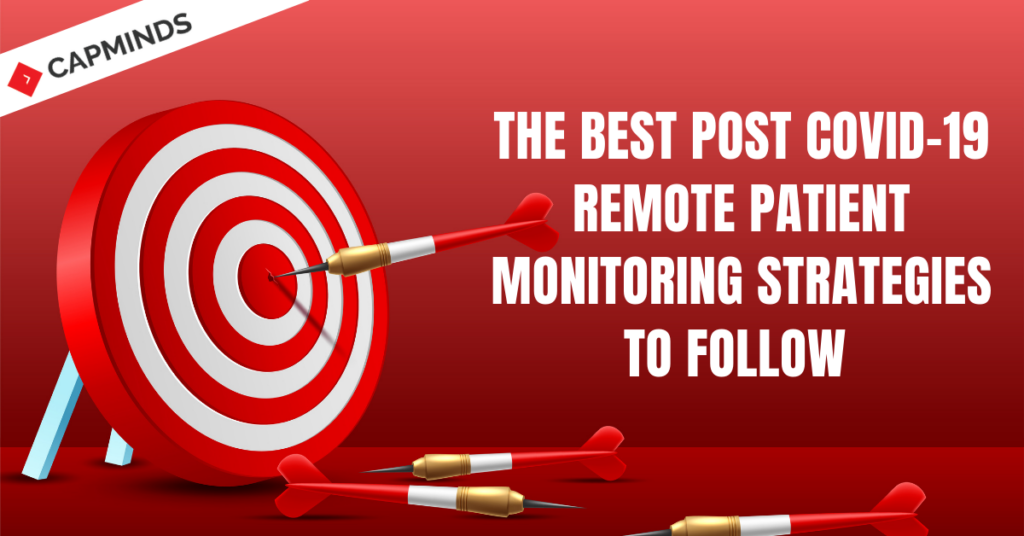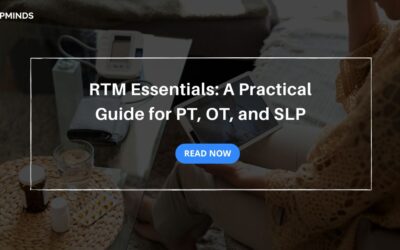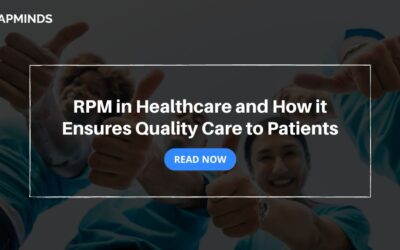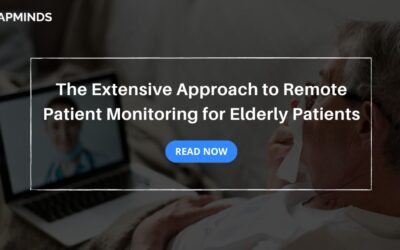The Best Post Covid-19 Remote Patient Monitoring Strategies To Follow
Remote patient monitoring is a new kind of digital service revolutionizing the way healthcare is delivered in the U.S. today. The healthcare practices making the right use of RPM are not only able to deliver effective care but also gain more financial benefits.
Based on the recent survey conducted by the American Medical Association, the number of physicians using remote patient monitoring programs has doubled between the past 2 years. The major reason behind the growth is the need for care for Covid-19 patients at home during the pandemic situation. This created the need for new RPM programs to address the individual patient’s needs.
This article explains to you the best 3 remote patient monitoring strategies for the post-Covid-19 world.
Remote patient monitoring & Chronic Care Management
No population is more eligible for RPM solutions than patients with chronic care management needs. According to the Centers for Disease Control and Prevention, roughly 60 percent of the American population lives with at least one chronic disease (e.g., diabetes, heart disease, stroke, cancer) and 40 percent are living with two or more. Moreover, this population accounts for close to $4 trillion in annual healthcare costs, much of that exacerbated by lifestyle choices or infrequent healthcare.
People with chronic conditions need continuous and long-term care management, which poses a challenge for a healthcare industry that has mostly focused on episodic care. These patients require more frequent connections with their care providers and a greater focus on health and wellness, especially services geared towards coaching on lifestyle decisions and habits.
A remote patient monitoring program addresses all those needs, with the potential to improve long-term health outcomes and significantly reduce healthcare costs.
1. Set up RPM program for chronic care patients
The key to setting up an RPM program for patients with chronic care needs is consistent care management. These patients need to keep track of their health every day, often through remote patient monitoring devices that capture and display key vital signs. However, doing so can be tedious for both patients and care providers.
Many current care management programs ask patients to bring their devices with them for scheduled appointments so that the data can be downloaded or copied and then entered into the medical record. A care team member will then review the data with the patient, pointing out trends since the last visit and discussing how these numbers might affect the patient’s health.
The conversation would then turn to how the patient’s daily activities, including exercise and diet, might affect or even cause those trends. Finally, the team member would discuss what should be done before the next visit to improve or reverse negative trends.
An RPM program using connected devices changes that episodic dynamic so that the care team gathers data from the patient at home every day and spots trends as they occur rather than waiting for the patient to visit the doctor’s office.
A more involved program might also gather other data, such as exercise and diet, other vital signs, and even weather conditions to create a more nuanced patient profile and identify other factors that may affect a patient’s health.
With relevant data sent back to the care team and displayed on a dashboard, providers can act quickly to address care management needs, such as adjusting medications or offering advice on exercise and diet.
These interventions can help reduce or avoid trends that could otherwise cause adverse health outcomes, such as resulting in more health services, generating more medical bills, and reducing the quality of life.
2. Make sure your RPM program is sustainable
While RPM programs for chronic care management aim to improve long-term clinical outcomes, they still have to be sustainable. Payers will support these programs if they lead to a reduction in costs of care, especially by reducing or eliminating hospitalizations and other expensive healthcare services.
The biggest benchmark for long-term RPM sustainability is the Centers for Medicare & Medicaid Services, which controls reimbursement for Medicare and Medicaid populations — easily the largest patient populations in the US and the ones most likely to be dealing with chronic diseases. CMS first recognized RPM in 2019, approving five CPT codes for “remote physiological monitoring.”
Those codes, current as of 2021, are the following:
- 99453, which covers the initial setup of the device and is billed once per patient;
- 99454, which covers device supply with daily recordings and programmed alerts, billed every 30 days on a minimum of 16 days of recording;
- 99457, which covers 20 minutes of monitoring and care management per month, including interactive communication with the patient or caregiver during the calendar month, gathered by clinical staff supervised indirectly by a physician;
- 99458, which covers each additional 20 minutes of monitoring and care management per month, also gathered by clinical staff under indirect supervision by a physician; and
- 99091, which covers 30 minutes of monitoring every 30 days that doesn’t include interactive communication, to be gathered by a physician or qualified professional.
Nonetheless, the codes give healthcare organizations a framework for gathering and using RPM data to qualify for Medicare reimbursement, which in turn can result in hundreds of dollars per month per patient. Therefore, providers must pay close attention to each year’s PFS to track how CMS changes or adds reimbursement for RPM services, enabling them to adjust their RPM programs accordingly.
Aside from reimbursement, RPM programs for chronic care management offer tremendous value in reducing healthcare costs for both care providers and patients. With thoughtful care management, patients can reduce and even eliminate dangerous spikes or trends that lead to adverse health outcomes and, consequently, higher medication costs, expensive treatments, inpatient services, and hospitalizations.
Those long-term cost savings will help RPM programs make the case for sustainability in chronic care management.
RELATED: 3 BLUNDERS TO AVOID IN YOUR REMOTE PATIENT MONITORING PROGRAMS
3. Say no to short term goals & plan for long term growth for RPM
It’s important to remember that an RPM program addressing chronic care management should not be short-term or episodic since it focuses on providing care for patients living with chronic and continuing health concerns.
While healthcare providers may create or initially design these programs to meet short-term goals, such as stable blood pressure or A1c levels, they should be more focused on long-term care management — that is, not only reaching those health goals but maintaining them.
A significant factor in long-term care management is preventive health. An RPM program can help patients track their health data and meet daily or weekly goals, but it can also reinforce healthy habits and lifestyle choices that promote continued health and wellness.
For example, an RPM program that includes resources for healthy diet and exercise, perhaps even scheduled coaching sessions or access to peer support groups, can ensure that those daily or weekly health measures remain within positive ranges or even improve.
An effective RPM program evolves to meet the needs of patients and providers. Short-term goals will include stability in health readings and a reduction in medication use while long-term goals focus on creating a healthier lifestyle that reduces the need for costly medical interventions — including hospitalizations — and promotes a better quality of life.
Final Thoughts
The adoption rate of remote patient monitoring is started increasing each day and with no doubt, RPM stands to be one of the biggest healthcare marketing trends of 2022.
Today, the emergence of Covid-19 has created a great opportunity for healthcare providers and patients to adopt the remote patient monitoring platform. With this in mind, CapMinds offers the best remote patient monitoring services for healthcare practices to deliver quality care and drive better practice growth.
Interested in implementing RPM services for your practice?




